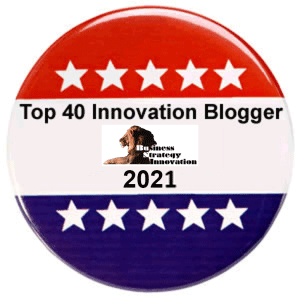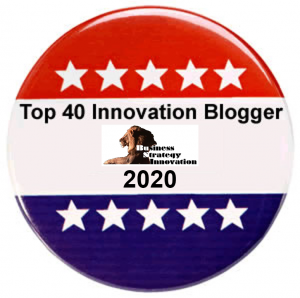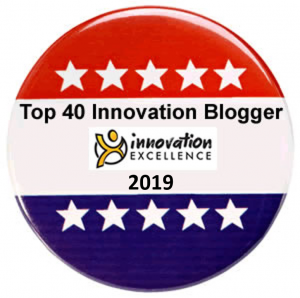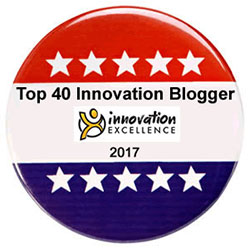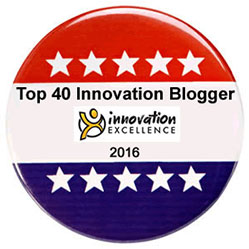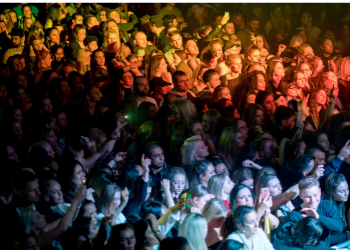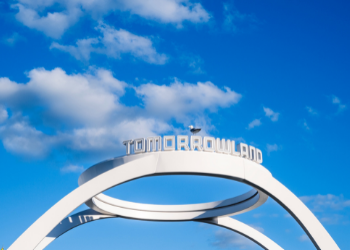Every once in a while, an amazing book drops off the shelf, in front of your eyes and into your hands and resonates with you at the core of your being. ‘Creativity, Inc. Overcoming the unseen forces that stand in the way of true inspiration’ by Ed Catmull, President of Pixar Animation and Disney Animation, recently had that effect on me! Because it was all about illustrating that creativity is a collaborative process, involving developing people’s creative collaboration toolkits, the foundation for generating creative conversations.
Why is this story having such a profound impact?
It was an incredibly validating read, for me, as an inherently creative person, who after a diverse range of major career changes, became a start-up entrepreneur. In doing so, I took on a very complicated creative and inventive process and subsequently got lost in it, easily forgetting that creativity is a collaborative process.
As I am always keen to make sense of things, Ed Catmull provided me with a simple way of understanding what had happened to me. He also provided me with a set of strategies I could use personally as well as to teach others what to do when they get confused and lost in the complex, complicated and creative processes necessary for innovation, by illuminating five creative collaboration tools:
1. Creativity is an emergent process
This makes creativity initially a very deeply personal process that emerges something new, that may not have previously existed. As there are no parameters, restrictions or boundaries, it occurs in a free form state of flow that is part of an inner discovery process and an inner knowing of “what is” and “what could be.”
2. Creativity is confusing
This means that creativity requires a tacit understanding of the role and nature emergence, convergence and divergence as a discovery, disassembling and reassembling process. One in which the pieces of the jigsaw puzzle tend to fly in, fly around and fly out of space simultaneously.
3. Creativity works best as a collaborative process
Creativity and innovation are most successful when played as team sports, what really matters is the level of trust that exists between the people on the team. As well as their willingness and ability to be courageous, confident, compassionate, connected and curious when operating in the team space.
4. Creativity requires patience and candor
As there are no apparent boundaries, road-maps, junctions and assembly points in the creative process, creativity also requires some kind of acknowledgment, acceptance, comfort, and detachment from the confusion and overwhelm.
5. Creativity requires a special type of work environment
Whilst in a state of overwhelm and confusion and where people are passionate about a creative idea, they won’t actually see the problems that are occurring around or within it.
So coming to clarity with creativity is an iterative process and takes patience, collaboration and candor. In both the start-up and innovative organizational context, it requires generating creative conversations, within a work environment where everyone has a vested interest in one another’s success.
Key Steps toward a creative work environment
People on the team need to be able to operate from the innovation mindsets to generate creative conversations to;
- “See” individually, collectively and systemically by zooming up, across and down and acknowledge and be okay with “what is really going on.”
- Candidly conduct collaborative, constructive feedback processes and mechanisms to iterate ideas to their highest possible creative level.
- Engage skillfully in generating creative conversations through inquiry, listening, and differing though provocation.
The Pixar Braintrust of Smart Creatives
Ed Catmull describes how this operate in Pixar; “we offer them the counsel of the Braintrust” and explains how the Braintrust different from any other feedback mechanisms because it is comprised of people who engage in collaborative, constructive criticism by generating creative conversations through;
– Understanding the generative nature of the problem and are empathic because they have been through a similar situation themselves.
– Seeking to identify the true causes of problems and operate through suggesting and not mandating solutions, which do not have to be followed.
– Raising the game, by not being prescriptive, but by offering candid and deep analysis of the problem or situation.
– Excavating the truth, and generating creative ideas, through energetic and rigorous questioning and debate.
– Adding value and contribution to the creative idea, and not competing with it.
Creativity and innovation are team sports
Which is why creativity and innovation are most successful when played as a collaborative process and as a true trusted and candid team sport!
Suggestions on developing “good notes” that enhance creativity the Pixar way!
– Say what is wrong, what is missing, what isn’t clear, what makes no sense.
– Offer constructive feedback at a timely moment, not too late to fix the problem.
– Don’t make demands; don’t even include a proposed fix. But if a proposed fix is offered, that fix is offered only to illustrate a potential solution, not to prescribe an answer.
– Most of all, a good note is specific.
As Ed Catmull says, the successful feedback system is built on empathy, and candor and in pursuit of a common goal; which is supporting and helping each other as a collaborative process to be the best and to make the best product or service possible to their market
Developing people’s creative collaboration toolkits, involving candidly, & constructively differing enhancing ideas thru generating creative conversations is the key to ensuring excellence.
At ImagineNation™ we provide innovation coaching, education and culture consulting to help businesses achieve their innovation goals. Because we have done most of the learning and actioning of new hybrid mindsets, behaviors and skill-sets already, we can help your businesses also do this by opening people up to their innovation potential.
Contact us now at janet@imaginenation.com.au to find out how we can partner with you to learn, adapt and grow your business in the digital age.

